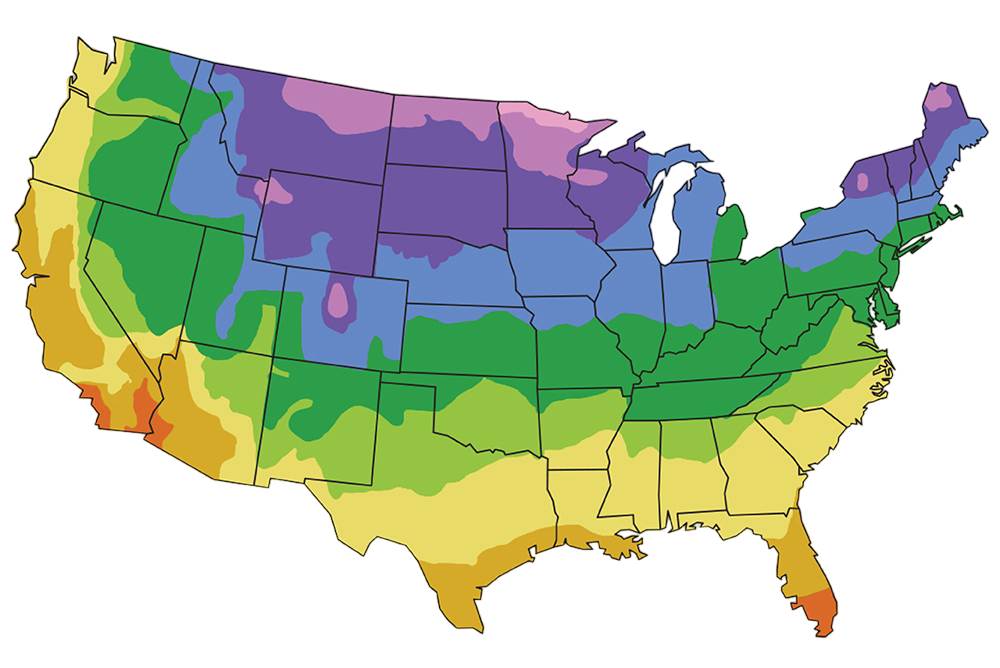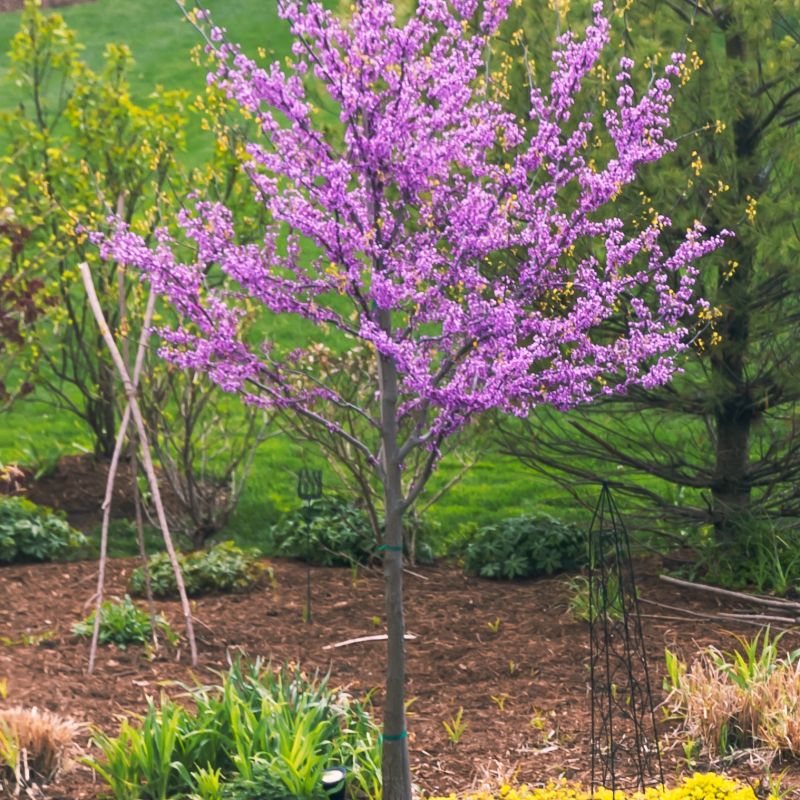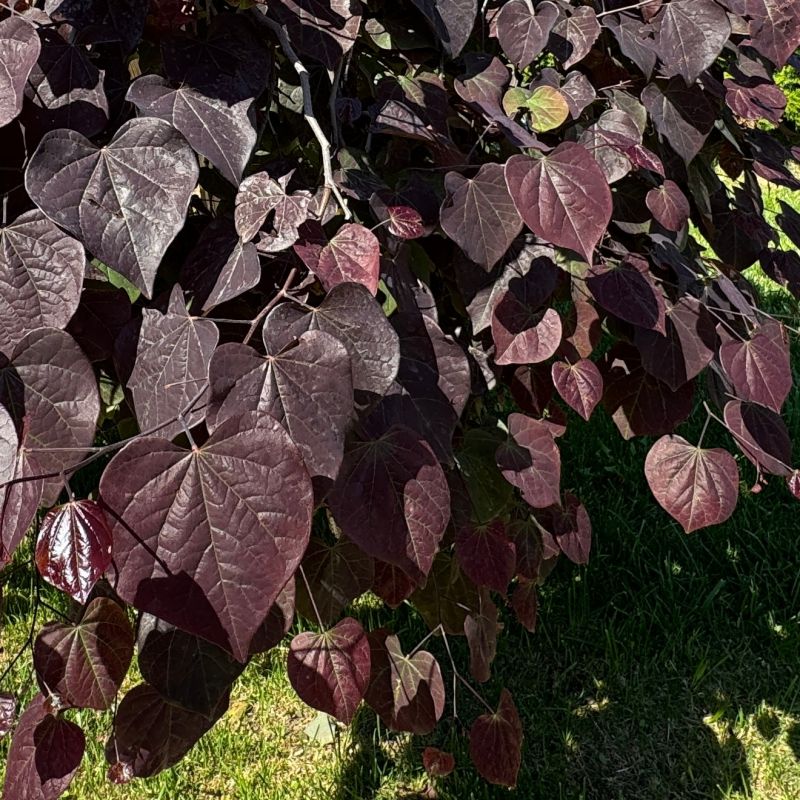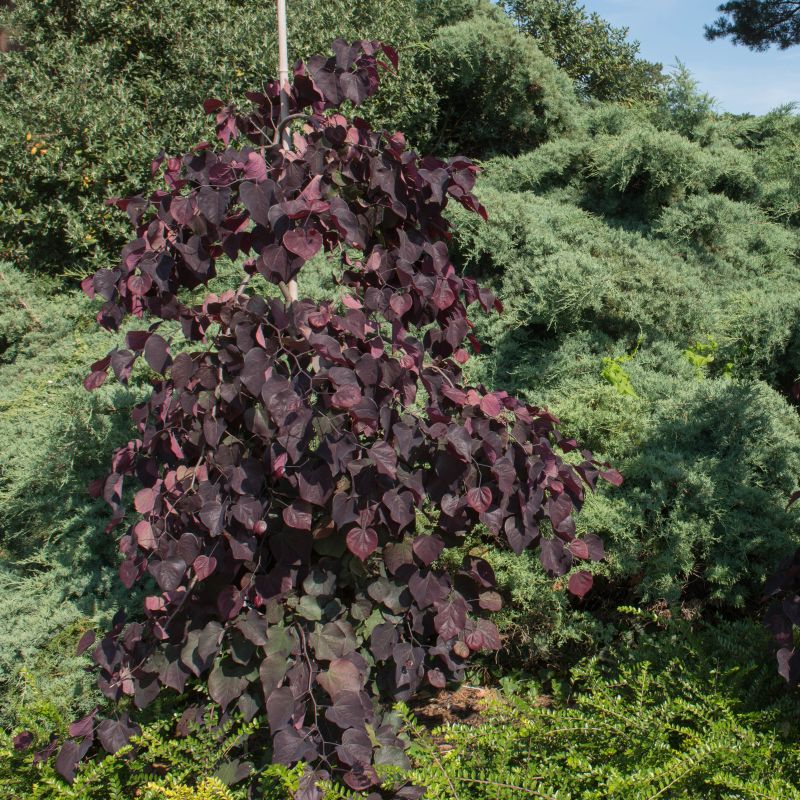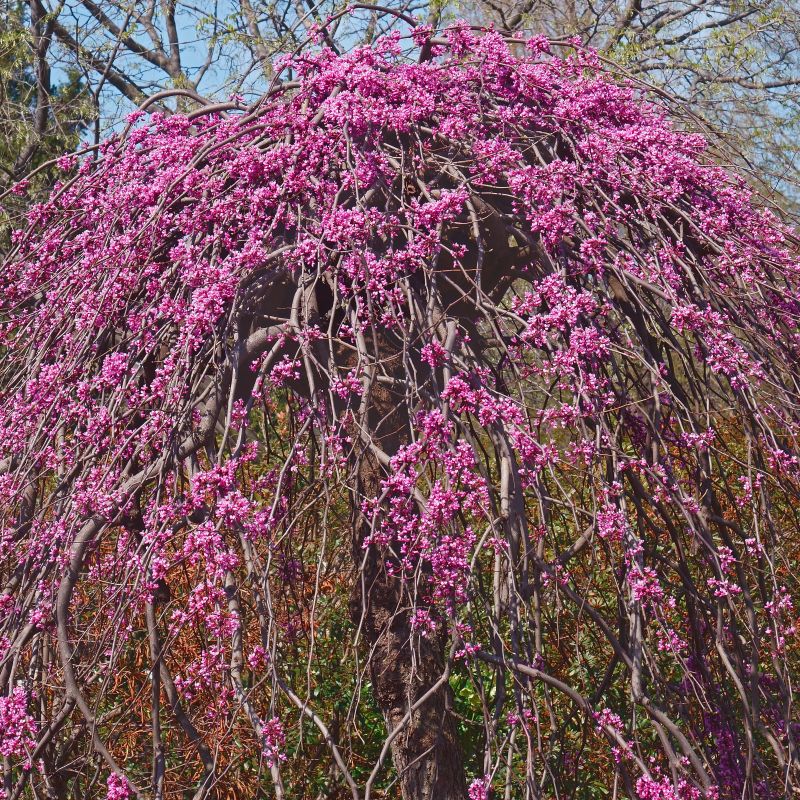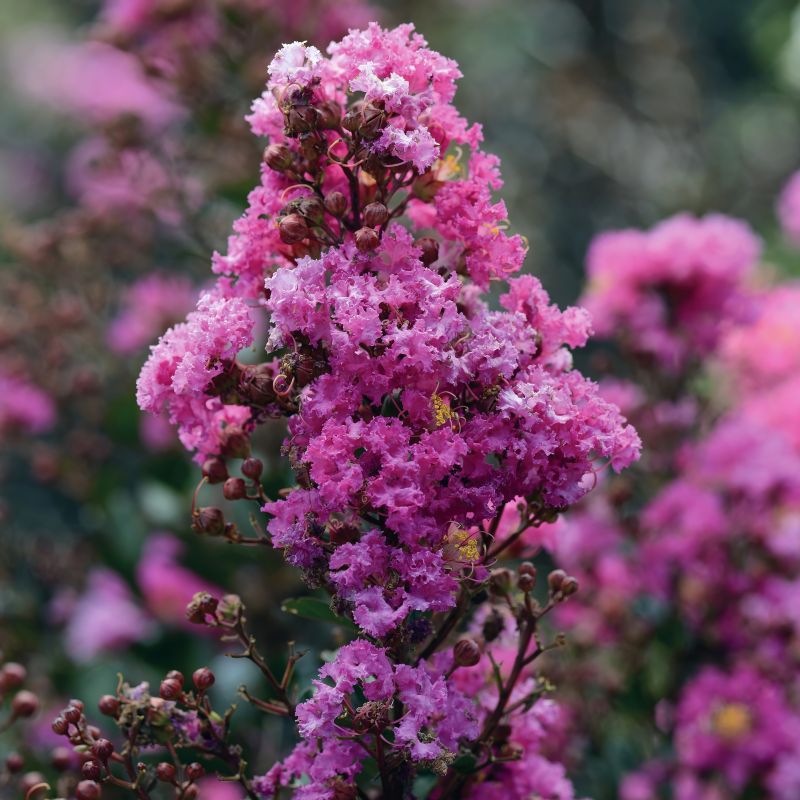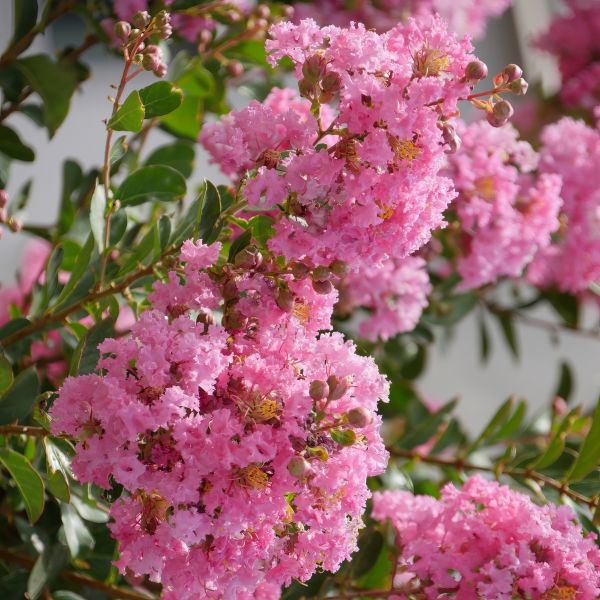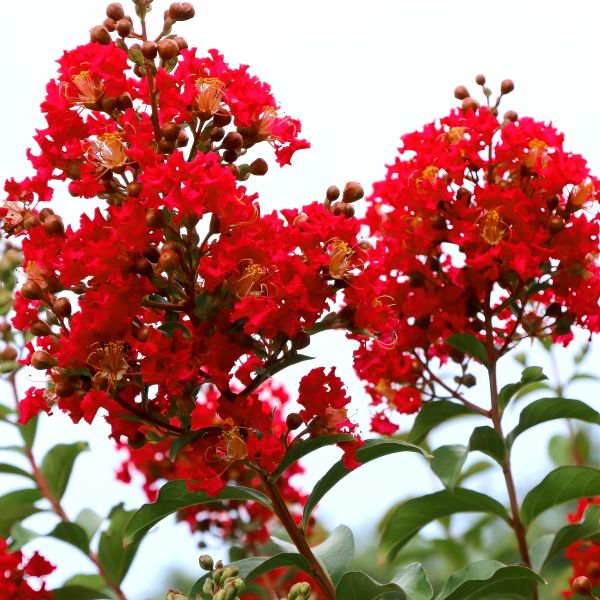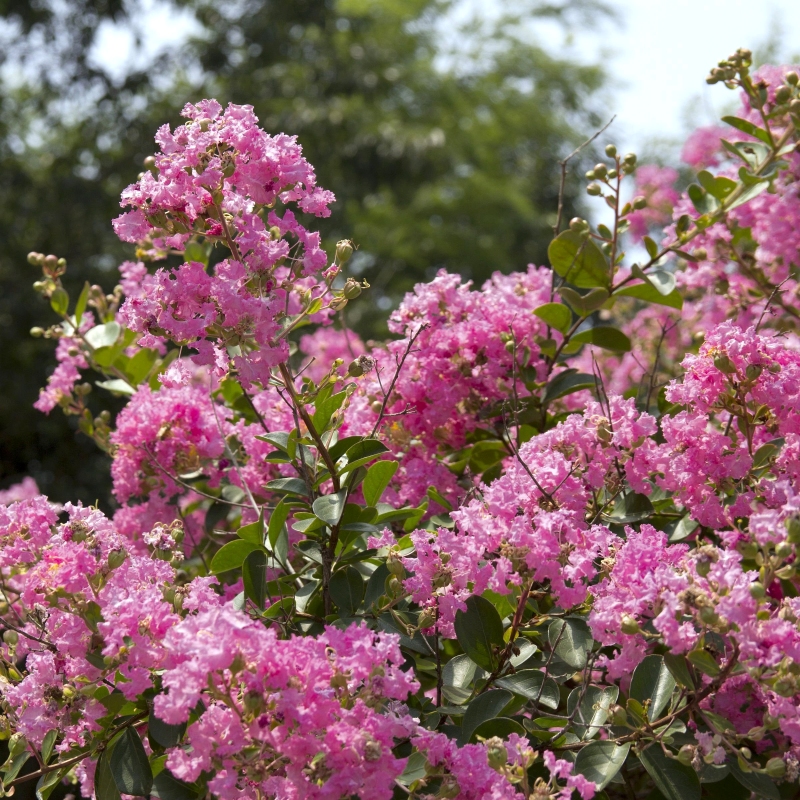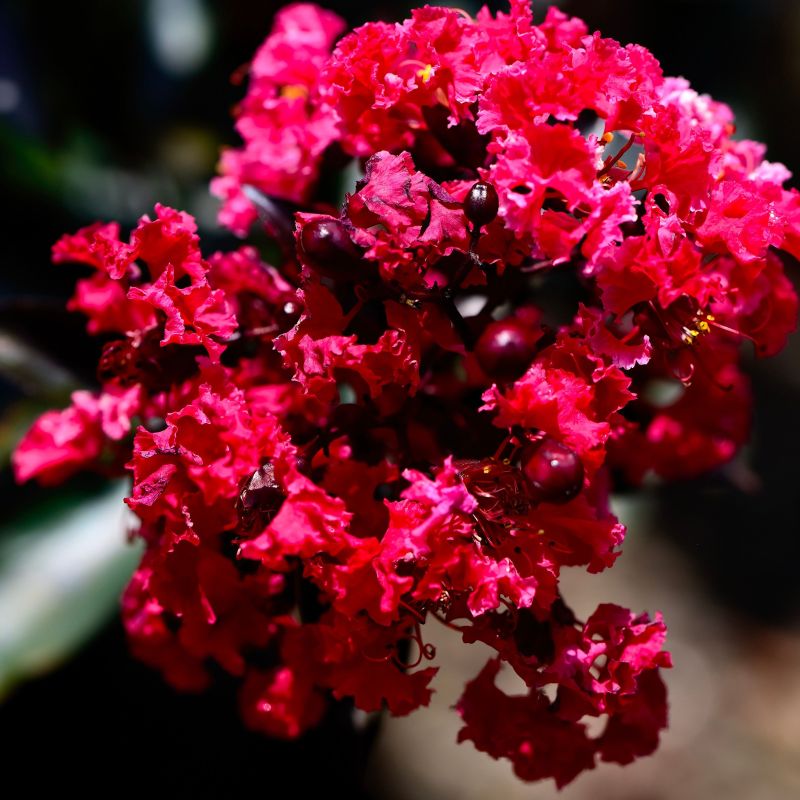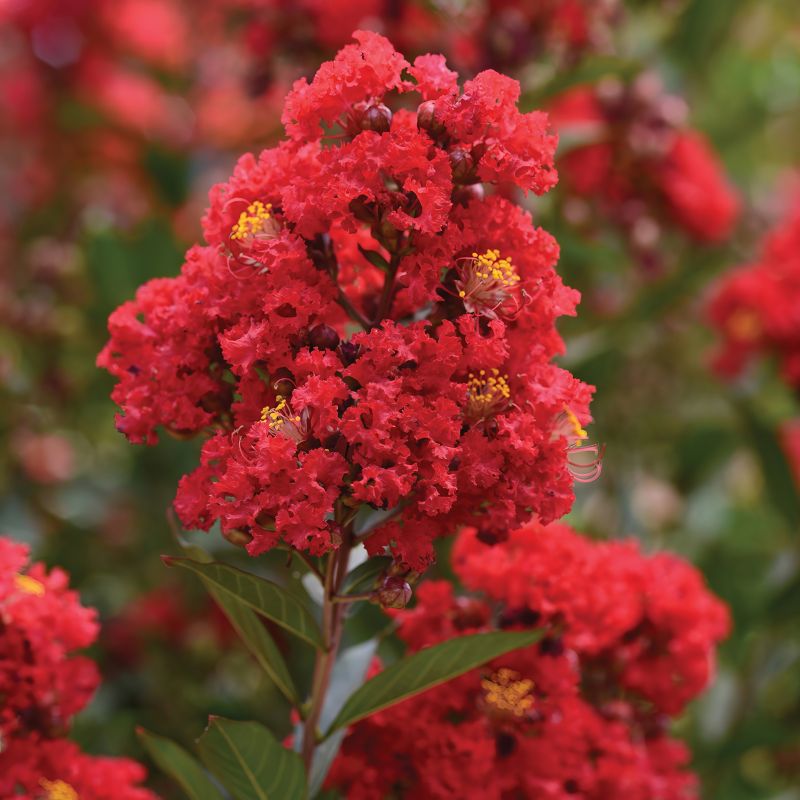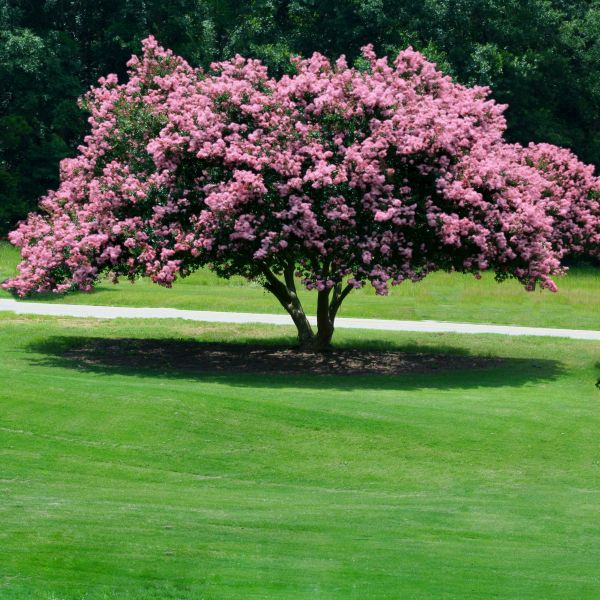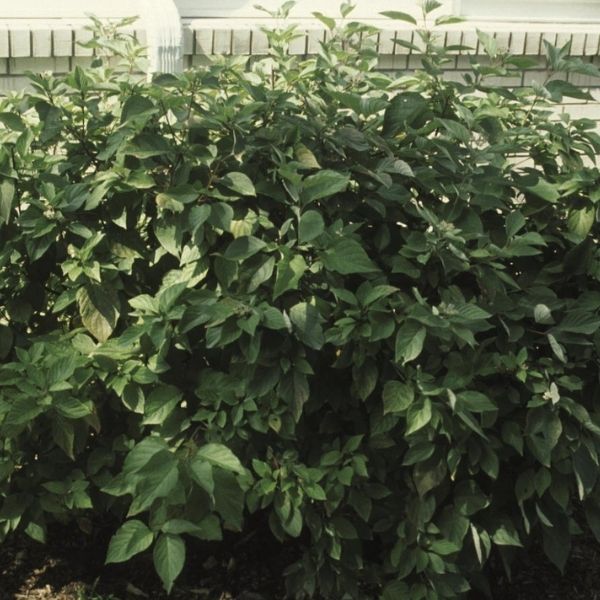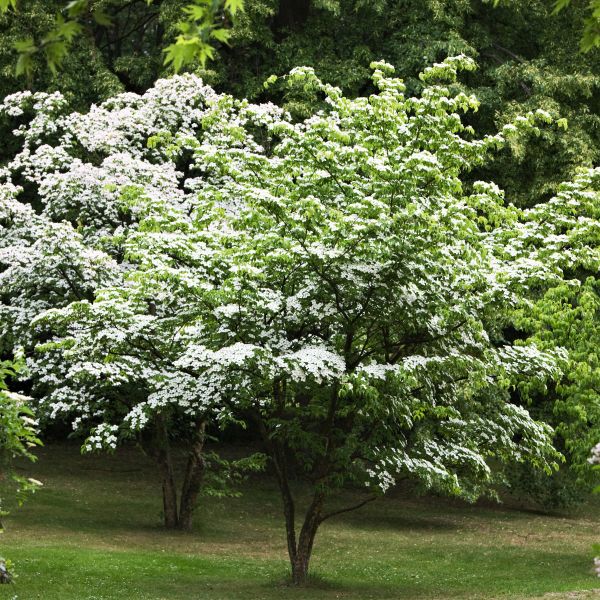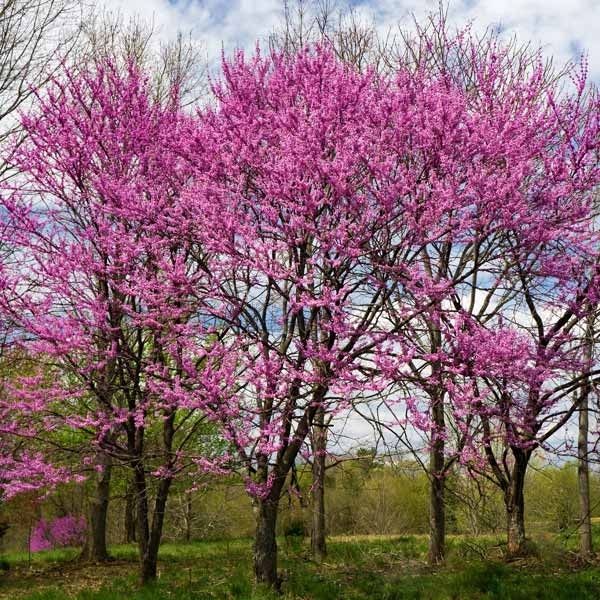
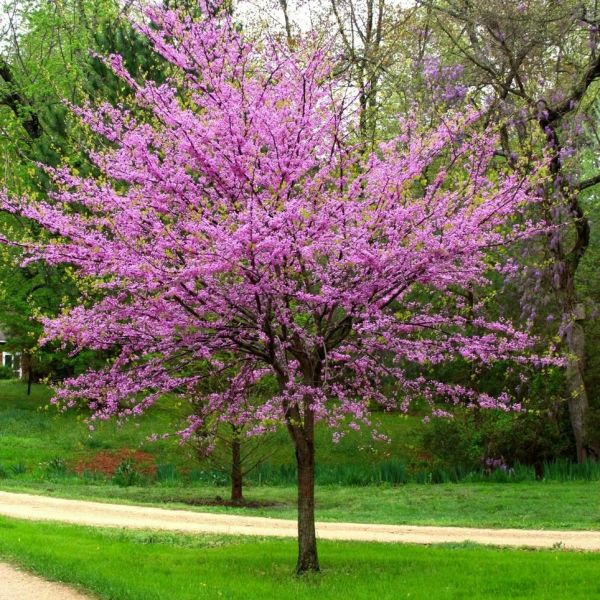
Eastern Redbud
Cercis canadensis
13 reviews
Eastern Redbud
Cercis canadensis
13 reviews
- Gorgeous pink and purple spring blooms add a burst of color to any landscape
- Tolerant of a variety of soil types and conditions, including urban environments
- Attracts pollinators such as bees, butterflies, and hummingbirds
- Recommended by landscape designers for optimal fit in real yards
$109.00
$156.00
30% Off
- Ships to 43215 in 3 to 7 days
- Free Shipping Over $150
- Plant Arrival Guarantee
- In Stock
- Free Plant Consult
$200 - Landscape-Approved: Every Plant We Sell Comes With Design Expertise Behind It
- 2.5 Gallon
- 2.5 Gallon 4-5 Feet Single Stem
Not just beautiful - intentionally selected by ShrubHub's 3D landscape design team to fit real-world spaces and maximize yard potential.
Why Eastern Redbud?
The Eastern Redbud is a stunning ornamental tree known for its pink to purple flowers that bloom in the early spring before the leaves emerge. It is a native North American species, commonly found in moist woodlands and along stream banks. The heart-shaped leaves turn a vibrant yellow in the fall, adding to its beauty throughout the seasons.
People who loved this plant also bought
Sunlight
Eastern Redbud trees prefer full sun to partial shade. They thrive in locations with at least 6 hours of direct sunlight per day. However, they can tolerate some shade, especially during the hottest part of the day. Consistent sunlight helps promote health
Watering
Eastern Redbud trees have a moderate watering requirement, needing regular watering during dry periods, especially in the first few years after planting. It is important to keep the soil consistently moist but not waterlogged to help promote healthy growth
Fertilizing
Eastern Redbud trees benefit from a slow-release granular fertilizer with a balanced N-P-K ratio in the early spring before new growth begins. A 10-10-10 or similar formulation can promote healthy foliage and flowering. It is important not to over-fertiliz
Eastern Redbud (Cercis canadensis)
The Eastern Redbud, scientifically known as Cercis canadensis, is a small deciduous tree native to North America. It is known for its stunning display of pink to purple pea-like flowers that bloom along its branches in early spring before the leaves emerge.
Features:
- Height: 20-30 feet
- Spread: 25-35 feet
- Leaves: Heart-shaped, green turning yellow in fall
- Flowers: Pink to purple, blooming in early spring
- Fruit: Flat, reddish-brown pods
- Growth Rate: Moderate
Uses:
The Eastern Redbud is commonly used as an ornamental tree in residential landscapes, parks, and public spaces. It adds a pop of color to the garden in early spring and can be used as a focal point or specimen tree.
Care:
Eastern Redbuds prefer well-drained soil and full sun to partial shade. They are relatively low-maintenance once established, requiring regular watering during dry periods. Pruning is recommended to maintain a healthy shape and remove any dead or crossed branches.
Benefits:
- Attracts pollinators such as bees and butterflies
- Provides early spring color
- Tolerant of urban conditions
- Drought tolerant once established
Plant Information:
| Botanical Name: | Cercis canadensis |
| USDA Zones: | 4 - 9 |
| Water: | Moderate |
| Exposure: | Full Sun |
| Soil Needs: | Well Drained |
| Mature Height: | 20 - 30 feet |
| Mature Spread: | 15 - 30 feet |
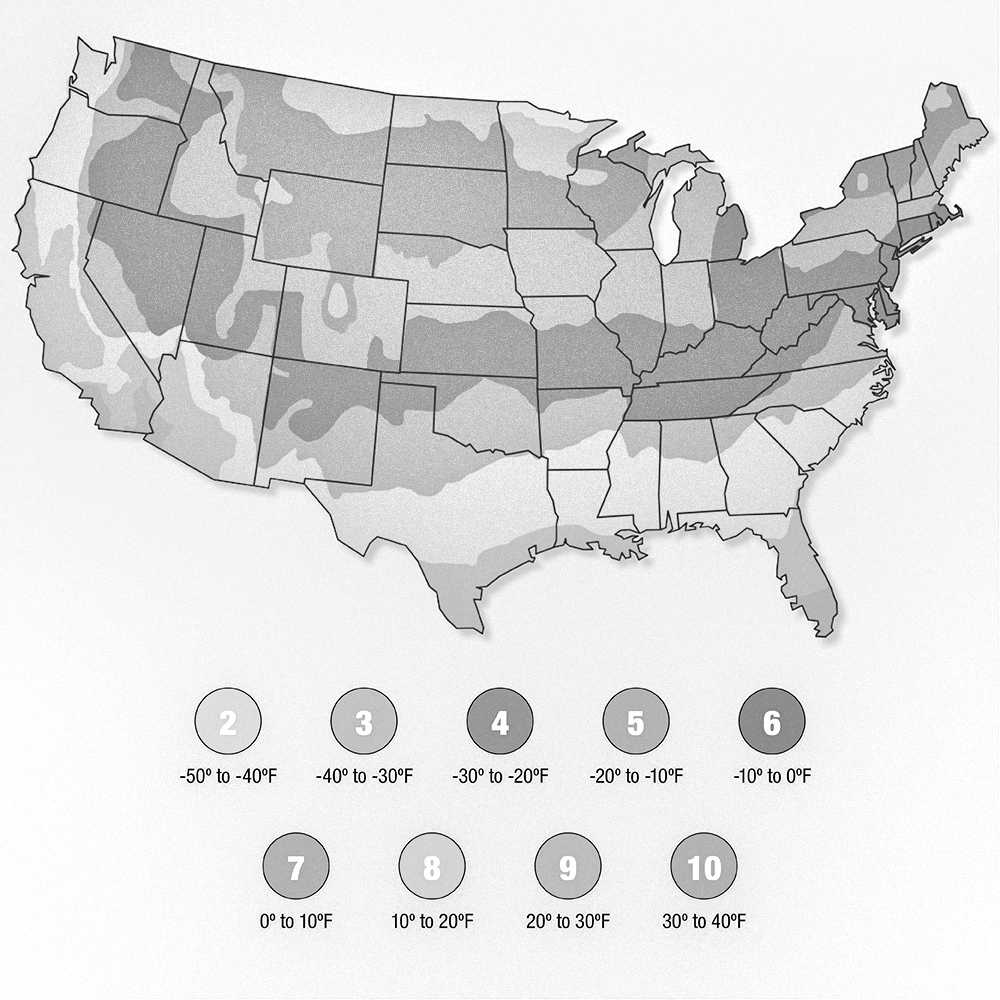
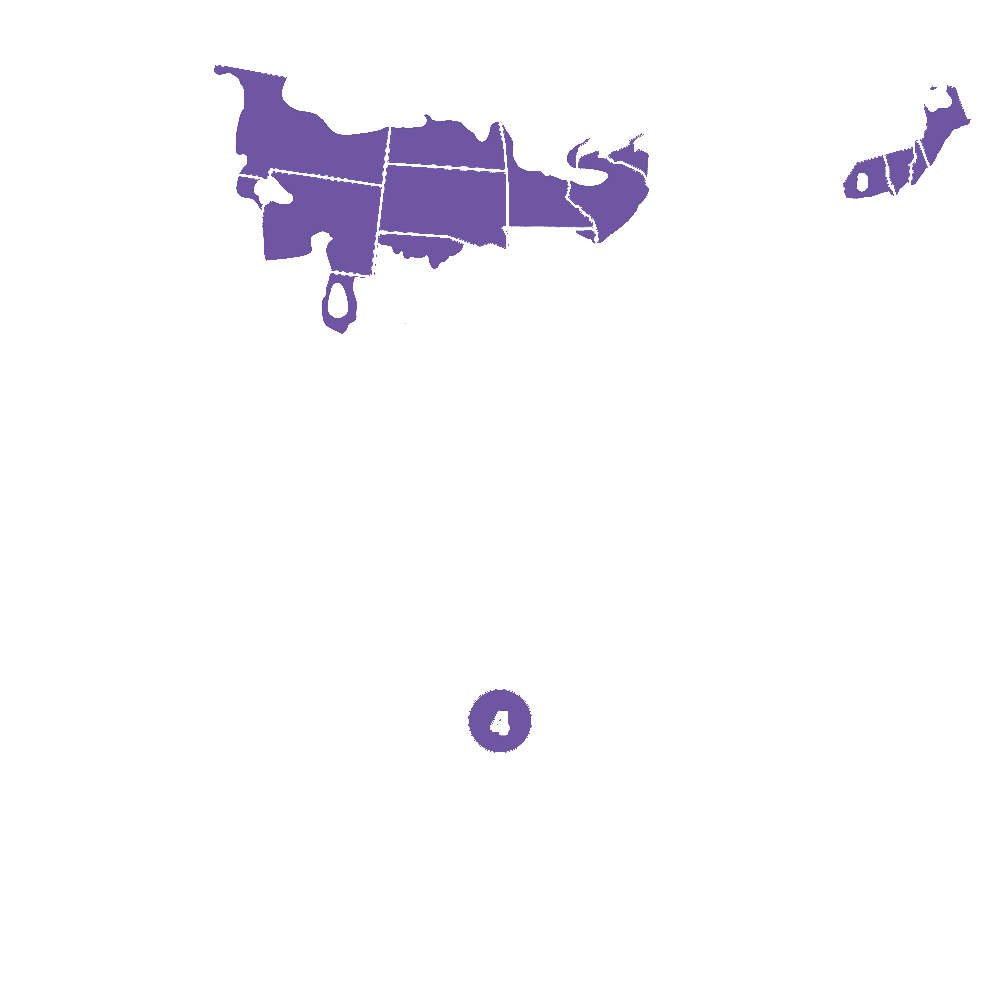
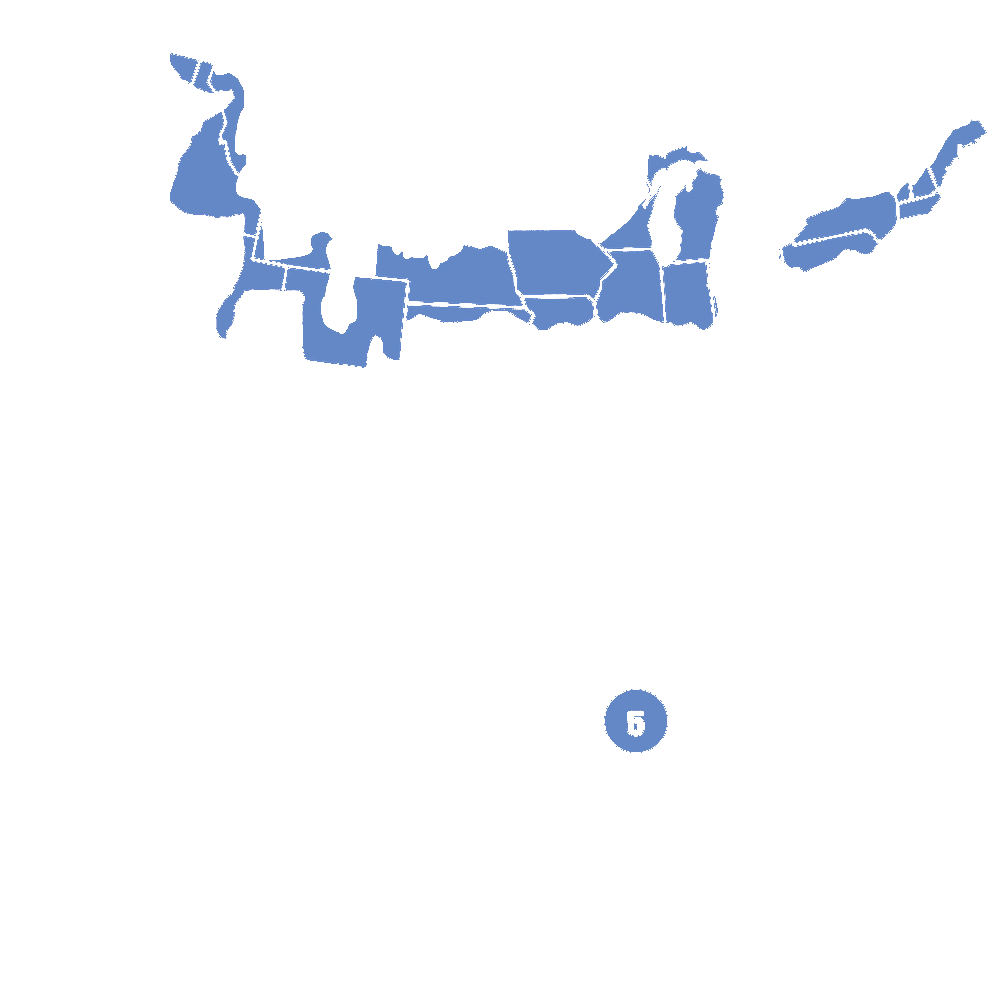
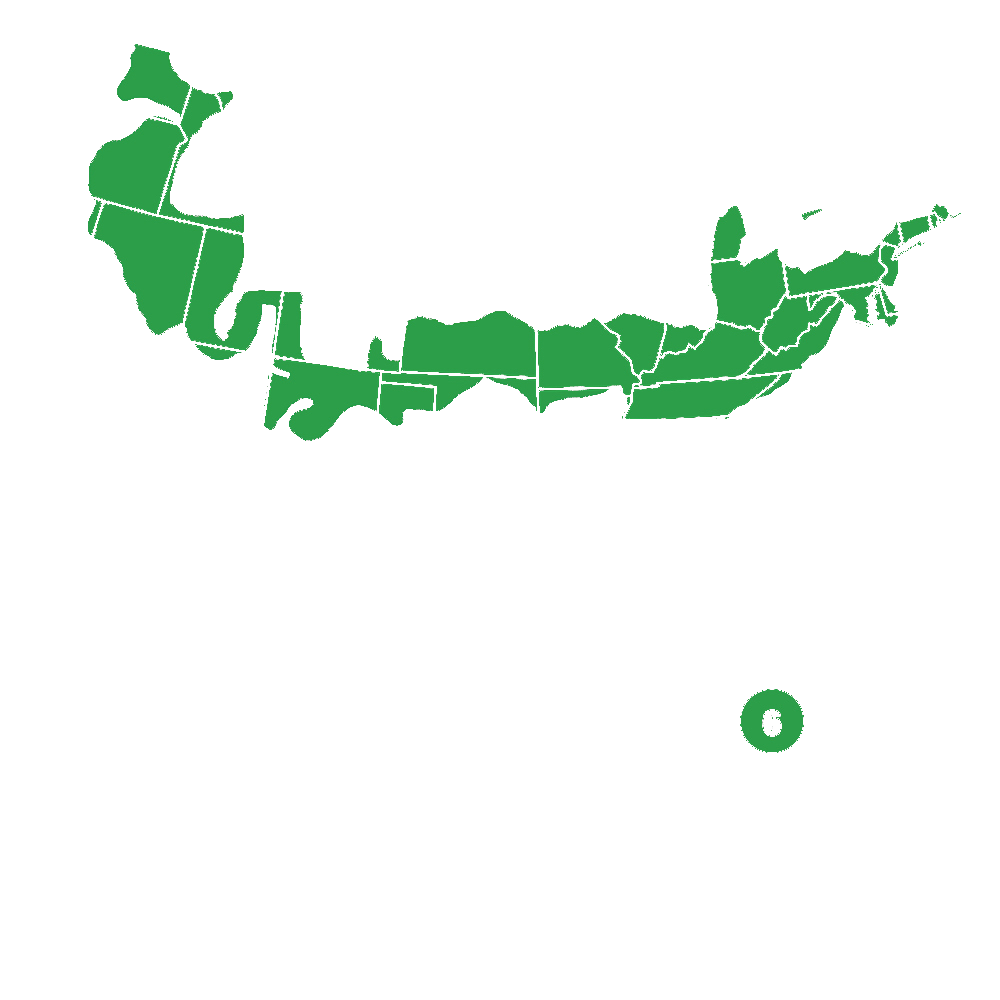
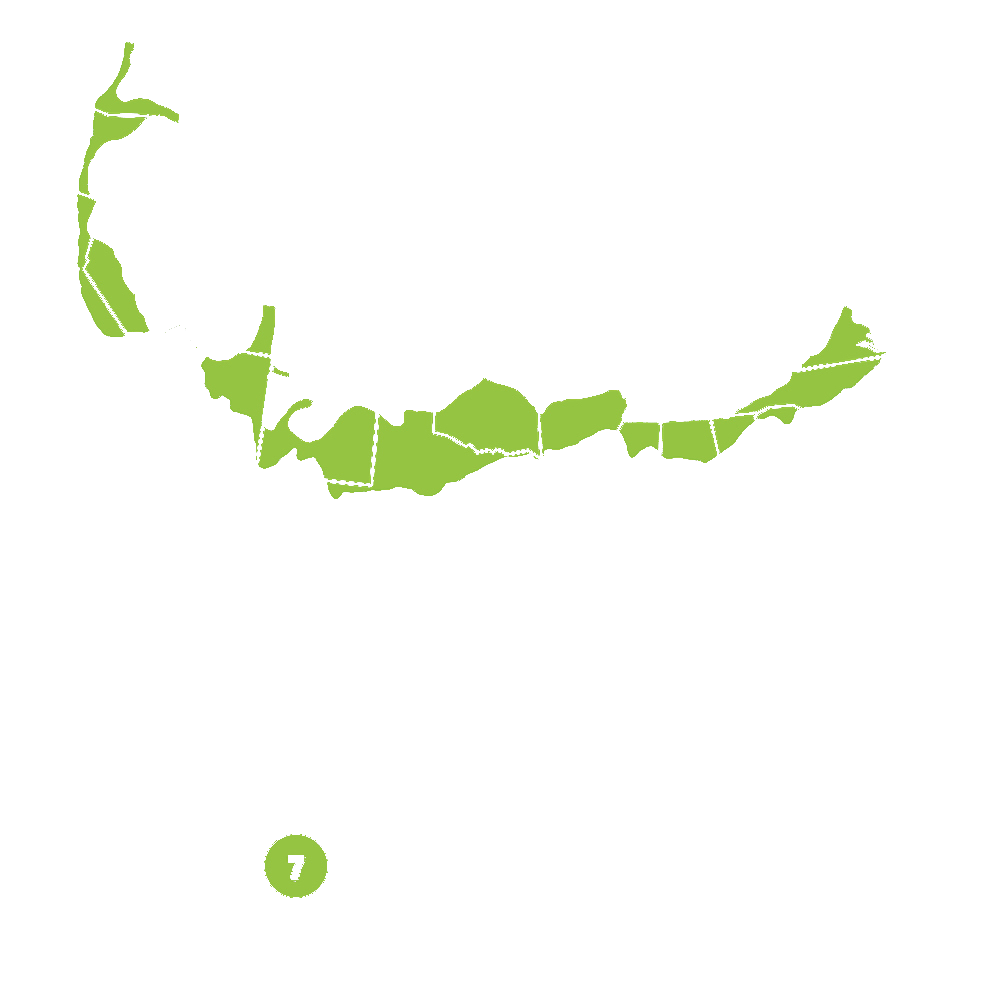
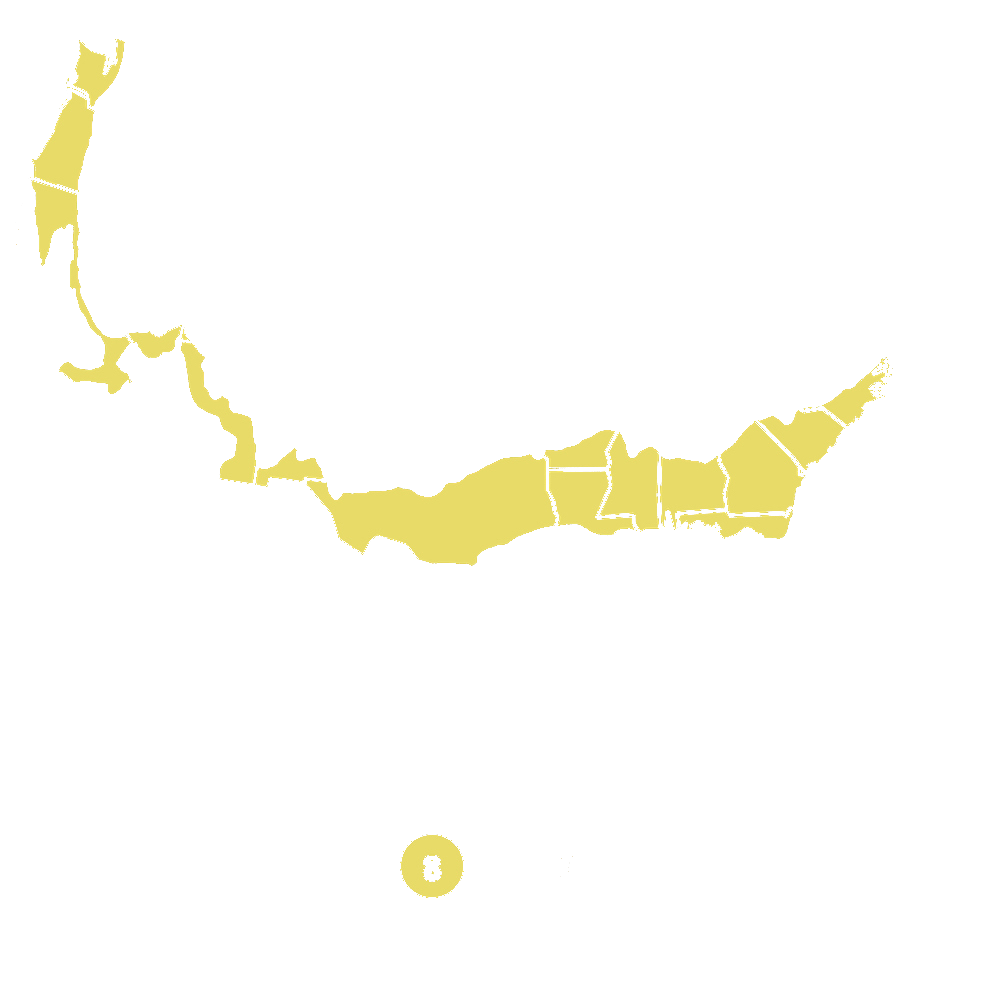
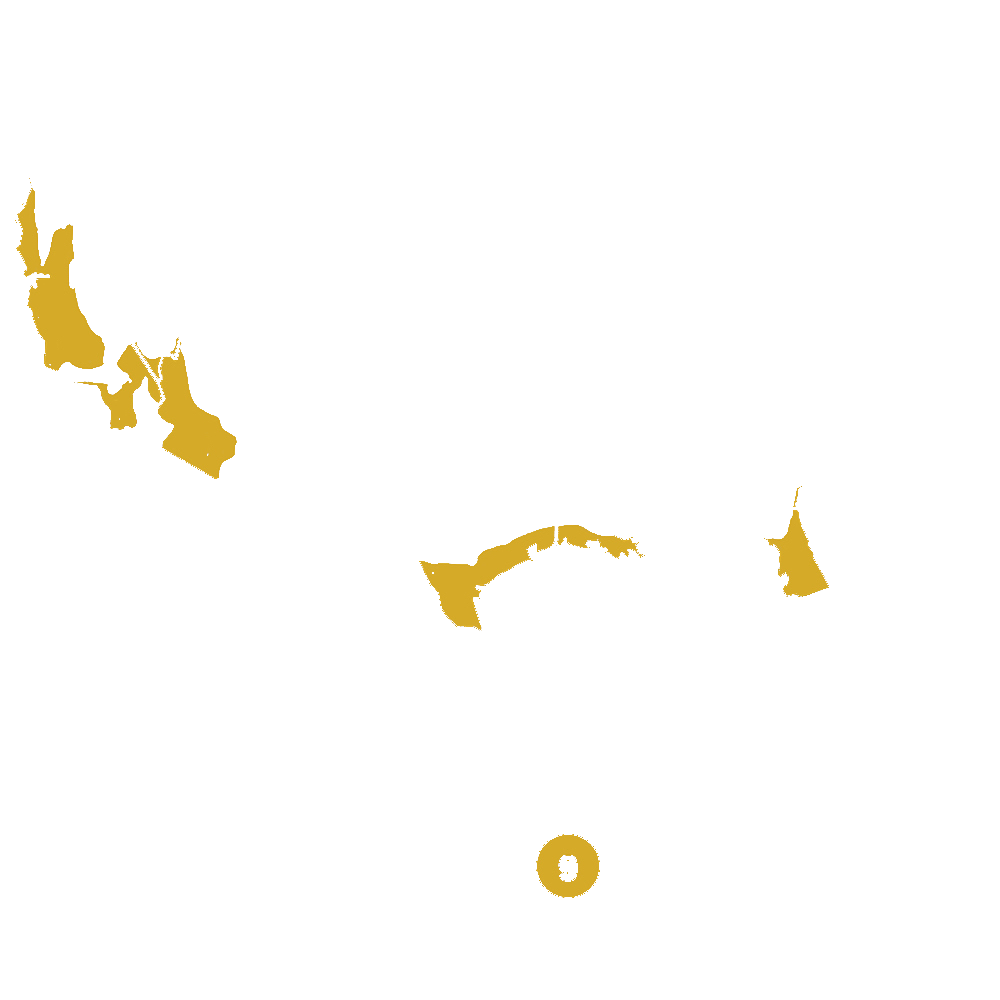
Pollination Info
Eastern Redbud (Cercis canadensis) Pollination Info
Eastern Redbuds are primarily pollinated by bees, specifically native bees such as bumblebees, carpenter bees, and mining bees. These bees are attracted to the bright pink or purple flowers of the Eastern Redbud, which provide them with nectar as a food source.
Pollination is essential for the Eastern Redbud tree to produce seeds, as the transfer of pollen from the male reproductive organs (anthers) to the female reproductive organs (stigma) is necessary for fertilization to occur. This process results in the development of seed pods that contain the tree's seeds.
In addition to bees, Eastern Redbuds may also be pollinated by butterflies and other insects that visit the flowers in search of nectar. However, bees are the most effective pollinators for this tree species.
Overall, pollination plays a crucial role in the reproduction and survival of Eastern Redbud trees, ensuring the continuation of this beautiful native tree species.
FAQ
Eastern Redbud (Cercis canadensis)
FAQ
What is Eastern Redbud?
Eastern Redbud, scientifically known as Cercis canadensis, is a small deciduous tree native to eastern North America. It is known for its beautiful pink flowers that bloom in early spring before the leaves appear.
How tall does Eastern Redbud grow?
Eastern Redbud typically grows to a height of 20-30 feet, with a spread of 15-25 feet. The shape of the tree is usually rounded with a short trunk.
When does Eastern Redbud bloom?
Eastern Redbud blooms in early spring, usually in March or April, before the leaves emerge. The flowers are pink or purple in color and cover the branches, creating a striking display.
Where should Eastern Redbud be planted?
Eastern Redbud prefers well-drained soil and full sun to partial shade. It can tolerate a range of soil types but does best in moist, fertile soil. Plant Eastern Redbud in a location where it will have room to grow and show off its beautiful flowers.
How do I care for Eastern Redbud?
Eastern Redbud is a low-maintenance tree that requires little care once established. Water young trees regularly, especially during dry periods, but avoid overwatering. Prune as needed to maintain shape and remove any dead or damaged branches.
Planting & Care
Planting & Care for Eastern Redbud (Cercis canadensis)
Planting:
- Choose a location with well-drained soil and full to partial sun.
- Dig a hole twice as wide and just as deep as the root ball of the redbud tree.
- Place the tree in the hole and backfill with soil, gently packing it down to remove air pockets.
- Water thoroughly after planting.
Care:
- Water newly planted redbud trees regularly, especially during the first growing season.
- Mulch around the base of the tree to retain moisture and prevent weeds.
- Prune in late winter or early spring to shape the tree and remove any damaged or diseased branches.
- Fertilize with a balanced, slow-release fertilizer in the spring.
- Monitor for pests and diseases, such as caterpillars or cankers, and treat as needed.
Check Out These Verified Customer Reviews:
Customer Reviews
4.8 out of 5 based on 13 reviews
Thank you! Your review has been submitted.
Received my Eastern Redbud tree in great condition, very healthy and vibrant.
The Eastern Redbud tree I received was in excellent condition and the leaves were vibrant and healthy. Shipping was fast and customer service was great.
Excellent customer service, highly recommend
Item has been added to your cart.

